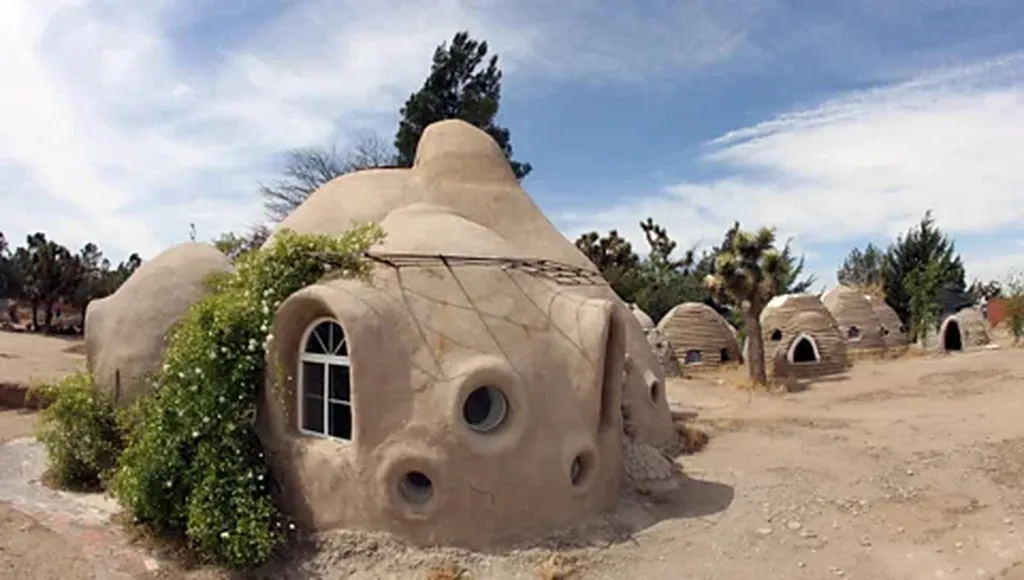In the heart of Ecuador, a humble building material is getting a modern makeover, and the results could reshape sustainable construction practices worldwide. Adobe, a traditional earthen material, has long been valued for its low cost, local availability, and minimal environmental impact. However, its limited strength and lack of standardization have held it back from broader use in contemporary architecture. Now, a groundbreaking study led by Carlos Pinto-Almeida from the Universidad Tecnológica Indoamérica in Ambato, Ecuador, is challenging these limitations.
Pinto-Almeida and his team have experimentally evaluated the mechanical performance of adobe blocks stabilized with fine sand and wild straw, sourced from red clay in Puyo, Ecuador. The research, published in the journal Frontiers in Built Environment (translated as “Frontiers in the Built Environment”), followed a rigorous process that included material characterization, a 30-day natural curing period, and compressive strength testing using advanced machinery.
The results are promising. The stabilized adobe blocks achieved an average compressive strength of approximately 0.94 MPa, with a mean displacement of 2.98 mm and a maximum load of 14.16 kN. These values indicate that the material is suitable for low-rise load-bearing structures, offering a sustainable alternative to traditional handmade bricks.
“The inclusion of wild straw improved the ductility, internal cohesion, and post-fracture integrity of the adobe blocks,” Pinto-Almeida explained. “This means the material can bend without breaking under stress, which is crucial for buildings in seismic regions.”
The study also found that controlled shade drying minimized microcracking, further enhancing the material’s durability. While the stabilized adobe showed lower strength compared to traditional handmade bricks, its environmental and economic sustainability make it a compelling alternative.
So, what does this mean for the future of construction? The research provides empirical indicators that could guide the standardization and scalability of stabilized adobe as a low-carbon, structurally viable alternative for rural and peri-urban housing. This is particularly relevant in seismic regions, where sustainable and resilient building materials are in high demand.
Pinto-Almeida’s work not only highlights the potential of traditional materials in modern construction but also underscores the importance of innovative research in sustainable building practices. As the world grapples with the challenges of climate change and resource depletion, such advancements could pave the way for a more sustainable future in the construction industry.
In the words of Pinto-Almeida, “This research is a step towards reimagining traditional materials for contemporary needs. It’s about finding a balance between sustainability, cost-effectiveness, and structural integrity.”
As the construction industry continues to evolve, the insights from this study could inspire further innovations, shaping the way we build and live in the years to come.

